The Home Doctor: Book Review
In my case, that’s always been medicine and emergency care. I had all the long-lasting foods, water, guns, and ammo I needed, but I was never that comfortable with the thought of taking care of my family’s health problems when there is no more 911 to call.
That’s when I decided to order a book that I had been hearing a lot about lately.
The Home Doctor promises to teach a regular Joe like me what meds to stockpile and what medical procedures I need can perform on my own, at home—you know, stuff like setting a broken bone and bandaging and stitching a wound but also things like how to manage Type-2 diabetes or joint pain.
When I ordered The Home Doctor, it said delivery to my doorstep would take around a week. It arrived a few days sooner, so that was quite a welcome surprise.
I took the package inside, and one of the first things that struck me was that it was on the heavy side.
The book looked pristine, as if it had been freshly printed that morning and I could tell that even if the package looked like it had seen a few rough bumps along the way to my house, the book had not suffered any damage.
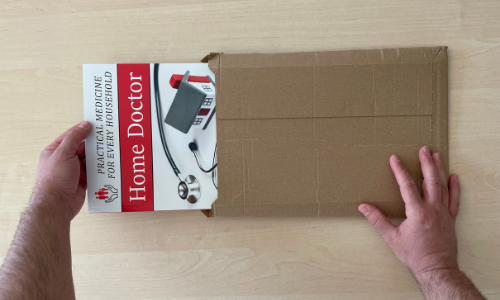
I liked the cover as well although I might have gone with something different. At first you could think it’s a book for home repairs.
Thankfully it’s not!
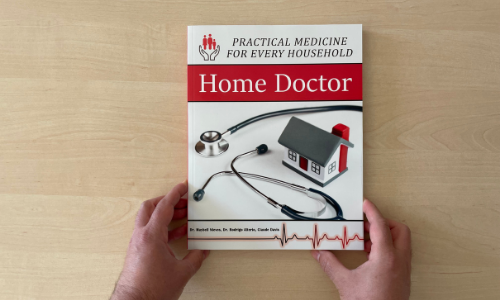
The Home Doctor is a book written by frontline doctors from Venezuela to help regular people take care of their health problems without doctors or hospitals… and even without electricity or water. I found that fascinating. It’s 300 pages, so it’s a big book, all in vivid colors.
And that’s important for two reasons in my experience: First, I knew that if this book was just a few dozen pages, like others I had found on Amazon, it would most likely not have me medically covered when the SHTF. And secondly, I prefer color and not black and white as it makes everything easier to distinguish.
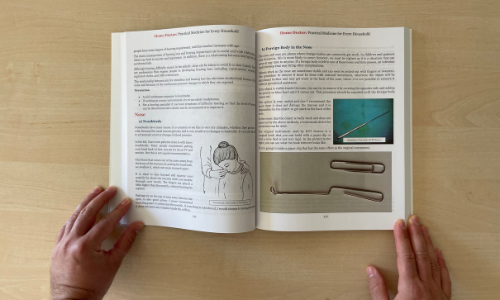
As I started to thumb through my new book, I could tell the paper was of good quality, and both the text and the images looked sharp. The Home Doctor should be able to take some wear and tear over the years. I can see a copy of it making it on my bug-out bag shortlist.
After doing a bit of reading cover to cover, I returned to the table of contents. It’s basically structured head to toe. What I mean by that is that the book starts off with mental health issues then continues with head and neck trauma and just moves down from there until all the major organs and systems that make up your body are dealt with.
I was glad to see that all the major health problems you can expect to run into during your life, and especially during dark times, were well covered: bacterial and fungal infections, ulcers, open wounds, chronic pain, fractures, toothaches, tooth abscesses, hernias, and gallstones but also things like high blood pressure, arthritis, heart attacks, strokes, and many others.
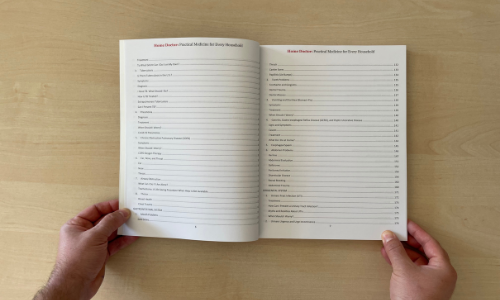
One thing I was afraid of before the book arrived was that it would read like a medical treatise and that I’d have to look up medical terms on the Internet or other books… but thankfully that’s not the case.
The authors did a good job writing it in a simple, clear format. They also used plenty of pictures to make it easy for a would-be “home doc” like me to move through a do-it-yourself medical procedure.
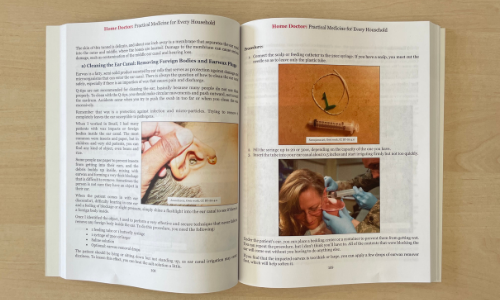
The images inside the book are precise diagrams that leave little to no room for error. I like the fact that they don’t assume any expert knowledge on the reader’s part.
This makes some parts of the book seem a little bit repetitive, but I’d rather have that than make any kind of mistake when taking care of a stab or gunshot wound.
Another thing some may take offense at are how graphic some of the images are, but I guess that is the price you have to pay if you want to make sure you’ve identified both the right condition and how severe it is. For example, hemorrhoids come in four different stages, and each one requires a different line of treatment.
Something else I liked is how many ingenious ways to treat their patients docs over in Venezuela actually managed to come up with: Listerine as a disinfectant, turning a paper clip into a surgical hook, cabbage leaves to remove an ingrown toenail, taking care of a stye with a wooden spoon, and the list goes on and on.
Many of these are time-tested folk remedies that our grandparents used before the age of modern medicine, and if you’re as old as I am, you’ll probably be glad to find some from your own youth inside The Home Doctor.
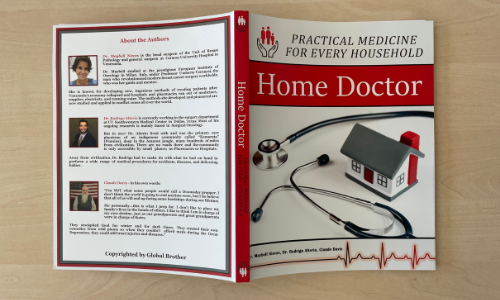
Like I said in the beginning, I bought this book to round out my medical preparedness for the next crisis. It certainly delivered on that front, showing me exactly what antibiotics, painkillers, and other medicines and supplies I need to stockpile and how to use them to save myself and others.
But now I think this book might be just as valuable even outside a crisis.
As the years go by and health problems start to rear their ugly head, I’ll be able to quickly reference The Home Doctor in case of a heart attack or stroke.
As you’ll discover, there are simple things you can do in seconds, like pouring a vial of nitroglycerine under your tongue, that can keep you alive long enough for the paramedics to reach you.
And you can’t really put a price on that.
If you haven’t already got your copy of this life-saving book, go ahead and:


